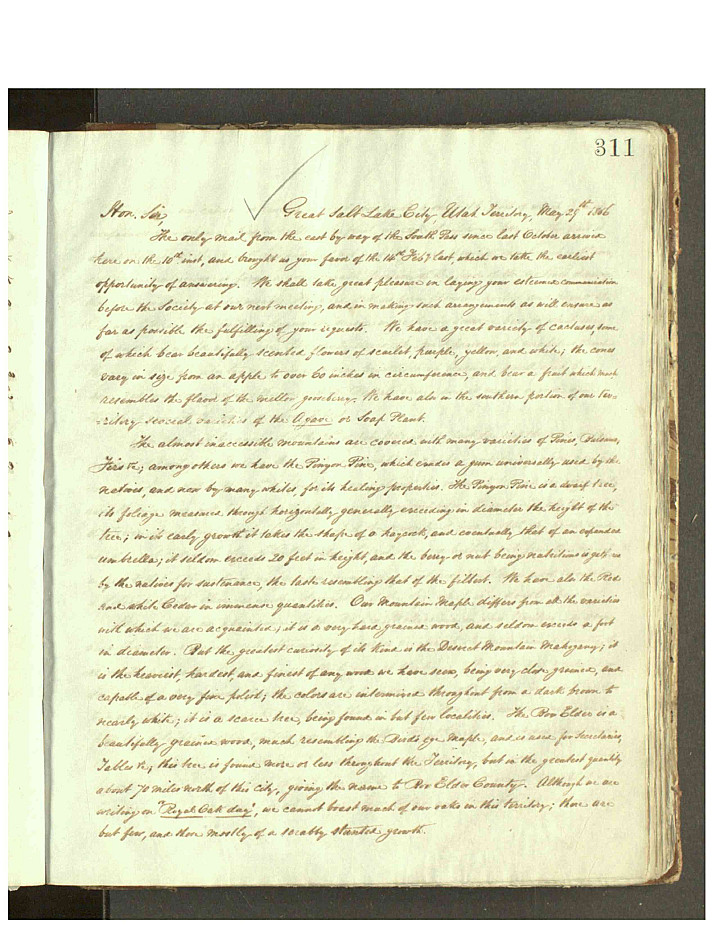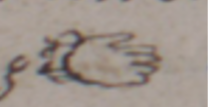
Day in the Life
Journal Entry
29th

 I spent the day at the Historians office writing
I spent the day at the Historians office writing
to correspondance I write a Letter to Sir Wm J.^ackson^ Hooker Director Royal Gardens Kew London
In answer to a letter from him wishing
to open correspondence with us in order to get an exchange
of seed, flours, herbs, or any thing that grows in our Territory
I also wrote Letters to Honrs J. M. Bernhisel, John Taylor G A
Smith, Erastus Snow, The Western Standard, C. C. Rich &
O. Pratt, & A. Bablam
People
Browse people Wilford Woodruff mentioned on this day in his journal. Click on the person's name to view a short bio and other pages they are mentioned on or click on "View in Family Search" to view their FamilySearch profile.
Places
Browse places mentioned in Wilford Woodruff's journal entry on this day. Click on the place names to view other pages where they are mentioned.
Related Documents
Browse other documents with this same date. These could include pages from Wilford Woodruff's autobiographies, daybooks, letters, histories, and personal papers. Click on the document titles to view the full document.


Events
View selected events in the two months surrounding this date in Wilford Woodruff's life. Click on the dates to jump to that day in Wilford Woodruff's journal.


